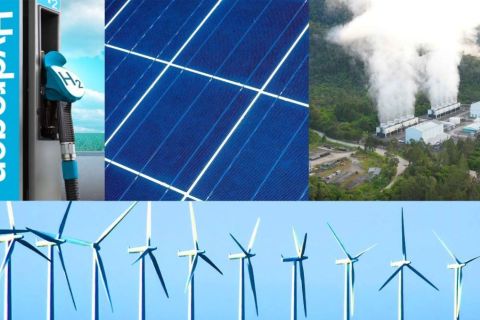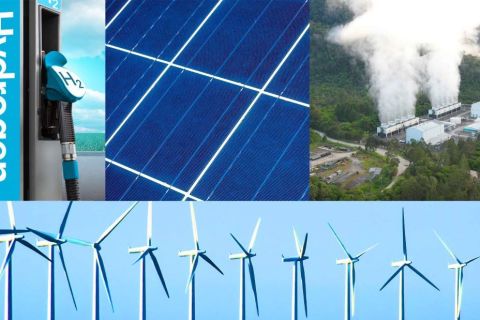
PITTSBURGH -- Most of the Marcellus shale drilling in Pennsylvania has been focused on opposite corners of the commonwealth—the southwest and northeast—but Seneca Resources has plenty happening elsewhere in the Keystone State.
Matthew Cabell, president of the National Fuel Gas Co. unit, told Hart Energy’s fifth annual DUG East conference in Pittsburgh his firm continues to complete strong wells across a sprawling acreage block stretching across northern Pennsylvania.
“We’ve taken time to identify sweet spots through the center portion of the state,” Cabell told DUG East, which attracted a record crowd of than 4,200 attendees. “We have a significant Marcellus exposure.”
Seneca has substantial acreage focused on the Marcellus totaling 775,000 net acres, “some of which are held in fee so we don’t pay royalty,” he added. It has smaller exploration and production operations in Kansas and California.
The firm divides its Pennsylvania acreage in two, an eastern development area in Tioga, Lycoming and Potter counties that includes 60,000 net acres, mostly leased. Lycoming County wells have an average initial production rate of 16.1 MMcfd and an average estimated ultimate recovery (EUR) of 11.5 Bcf.
A much larger western area, centered in Cameron, Forest and Jefferson counties, has about 720,000 net acres, most of which is held in fee. Cabell rated the area “highly prospective” with wells that have had peak, seven-day production of 10 MMcfd and EURs as high as 8.6 Bcf.
Acreage of that size, covering a prolific trend like the Marcellus, means “there is literally decades of drilling for us,” Cabell added, with 1,700 to 2,000 identified, de-risked locations at $3-4 per MMBtu prices. Things look still better if and when gas prices perk up.
The firm’s fiscal 2013 Appalachia region annual production will exceed 100 Bcf and Cabell projected fiscal 2014 production will be between 125 to 143 Bcf. Its fiscal 2013 Marcellus exit rate was approximately 360 MMcfd and Seneca currently projects its fiscal 2014 exit rate in the Marcellus will rise to around 500 MMcfd. Its fiscal year ends Sept. 30.
Much of that drilling success has come because Seneca has successfully “cracked the code” through active drilling year, he said. That has yielded a much better understanding of the region’s geology and identified more effective hydraulic fracturing techniques, including longer horizontal laterals and tighter spacing of frac stages.
Seneca projects its fiscal 2014 capital budget for its Appalachian drilling and production operations of $460 to $520 million, compared with $428 million for fiscal 2013.
Having a utility parent with existing midstream assets in the region has allowed Seneca to mark Marcellus finding and development costs at 99 cents per Mcfe this year. Its breakeven price also has been attractive, falling well below $3 per Mcfe for the prolific Lycoming County wells.
National Fuel has major expansion plans in the works for its existing Appalachian midstream operations, which include gathering, transmission and storage systems. Cabell rated those midstream assets as “critical” to the profitable unlocking of highly productive – but remote – Pennsylvania Marcellus wells.
Recommended Reading
Energy Transition in Motion (Week of Feb. 9, 2024)
2024-02-09 - Here is a look at some of this week’s renewable energy news, including the latest on a direct lithium extraction technology test involving one of the world’s biggest lithium producers and the company behind the technology.
Energy Transition in Motion (Week of March 8, 2024)
2024-03-08 - Here is a look at some of this week’s renewable energy news, including a record-setting 2023 for U.S. solar.
Energy Transition in Motion (Week of March 28, 2024)
2024-03-31 - Here is a look at some of this week’s renewable energy news, including proposals submitted to develop about 6.8 gigawatts of wind projects offshore Connecticut, Massachusetts and Rhode Island.
Energy Transition in Motion (Week of Feb. 23, 2024)
2024-02-23 - Here is a look at some of this week’s renewable energy news, including approval of the construction and operations plan for Empire Wind offshore New York.
Ørsted Names New CFO, COO Following 2023 Setbacks
2024-02-27 - Ørsted appointed Trond Westlie as CFO and executive board member and Patrick Harnett as COO following company difficulties in 2023, including a $4 billion impairment charge in third-quarter 2023.



